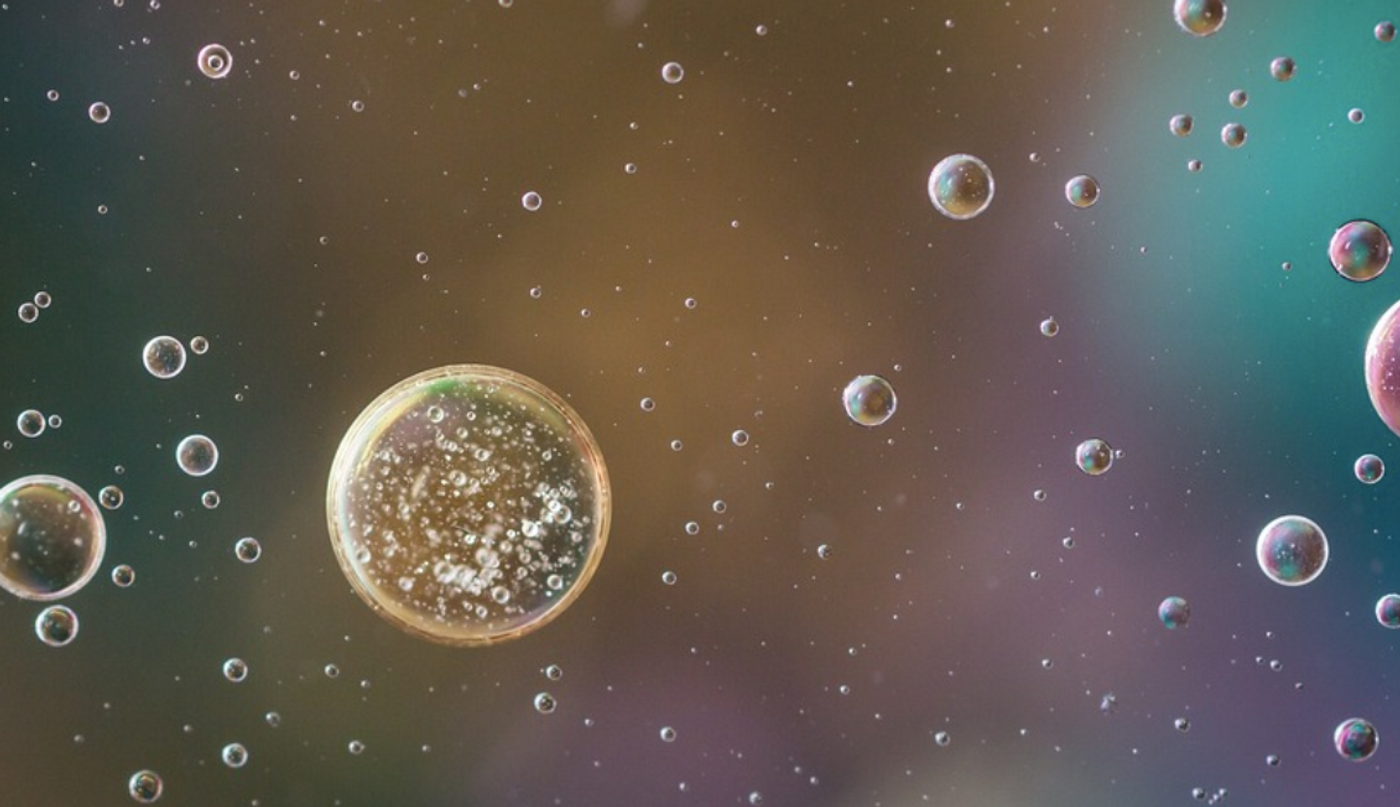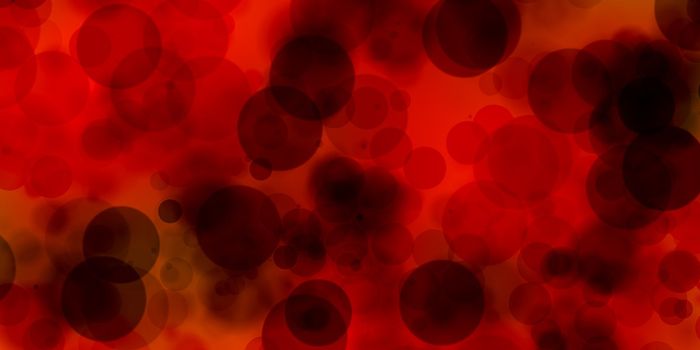A New Cell Type is Found, with Possible Regenerative Applications
Researchers have discovered a new cell type that could aid in tissue regeneration or repair. The findings have been reported in Nature Communications. Some immune cells called macrophages reside in tissues. These cells hang out in certain places and function in specific ways based on their environment; they not only respond to infections, they may also help process nutrients and eliminate cellular debris, for example. It's long been thought that white blood cells that move in circulation, cells known as monocytes can be a source of tissue resident macrophages.
Monocytes themselves are thought to originate from hematopoietic stem cells, which are supported in their function by endothelial cells. Macrophages, in turn, are thought to support endothelial cells, which help form blood vessels.
This new study has revealed that there is a population of cells called endothelial-macrophage (EndoMac) progenitor cells, which has been unknown until now. These EndoMac progenitors have the ability to differentiate into either endothelial cells or macrophages.
“These cells have an important job, to help grow blood vessels when the body calls for it,” said study co-author Dr Sanuri Liyanage of SAMRHI. “They are activated by injury or poor blood flow, at which point they rapidly expand to aid in healing.”
Although some researchers have long speculated that cells like this may exist, they have never been conclusively identified until now. In this work, scientists discovered them in the outer layer of adult mouse hearts, after harvesting the tissue and using genetic markers to sort through the cell types that were in the samples. The identities of cells are based on the types of genes they express. After isolating this unique new cell type, the researchers then grew them in culture in the lab to observe their functions.
Research has suggested that EndoMac progenitors may aid in healing when the process becomes dysfunctional, such as in some cases of diabetes. These cells also do not express markers that make them specific to the self, so they may potentially also be used in stem cell transplant procedures as materials that are less likely to be rejected by a patient's immune system. In a mouse model of diabetes, these cells were able to dramatically improve would healing compared to mice not treated with these cells.
“In theory, this could become a game-changer for patients suffering from chronic wounds," said Liyanage.
The investigators are continuing to characterize these cells and learn more about their presence in human tissue. “We’re excited to continue exploring the potential of these cells. It’s early days, but the implications could be massive,” Liyanage added.
Sources: South Australian Health and Medical Research Institute (SAMRHI), Nature Communications




![Master Lab Weighing: Accuracy, Compliance & Audits [eBook]](https://d3bkbkx82g74b8.cloudfront.net/eyJidWNrZXQiOiJsYWJyb290cy1pbWFnZXMiLCJrZXkiOiJjb250ZW50X2FydGljbGVfcHJvZmlsZV9pbWFnZV85MWRmZmRjMDIwNDBlMWJjMzYwN2ZiYWY2ZjI4ZGMzYzBmZGMwZGMyXzkxOTcucG5nIiwiZWRpdHMiOnsidG9Gb3JtYXQiOiJqcGciLCJyZXNpemUiOnsid2lkdGgiOjcwMCwiaGVpZ2h0IjozNTAsImZpdCI6ImNvdmVyIiwicG9zaXRpb24iOiJjZW50ZXIiLCJiYWNrZ3JvdW5kIjoiI2ZmZiJ9LCJmbGF0dGVuIjp7ImJhY2tncm91bmQiOiIjZmZmIn19fQ==)




